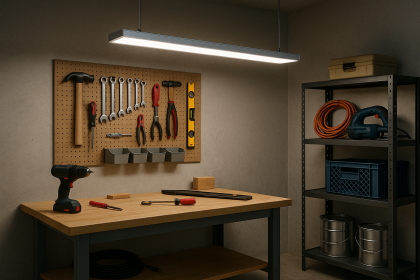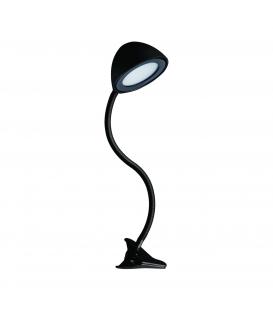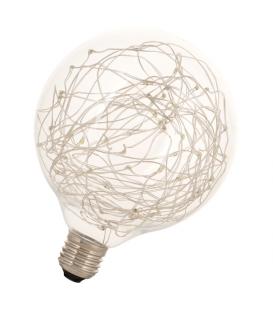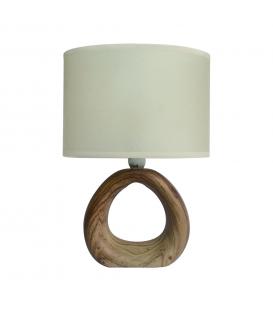Workshop lighting

When it comes to workshop lighting, there are several factors to consider, such as the type of work being done, the size of the space, and the desired level of illumination.
Here are some general tips to help you set up effective lighting in your workshop:
- Evaluate your needs: Consider the specific tasks you'll be performing in the workshop. Different types of work may require different lighting conditions. For example, detailed precision work may require brighter, focused lighting, while general workspace illumination may be sufficient for other tasks.
- Utilize natural light: If your workshop has windows or skylights, take advantage of natural light during the day. Natural light provides good visibility and can reduce eyestrain. However, ensure that your windows are not causing glare or casting shadows on your work surfaces.
- Overhead lighting: Install overhead lighting fixtures to provide general illumination throughout the workshop. Depending on the size of your workshop, you may need multiple fixtures to evenly distribute the light. LED fixtures are energy-efficient and provide bright, clear lighting. Consider fixtures with adjustable brightness or dimming capabilities for flexibility.
- Task lighting: For specific work areas or stations, consider adding task lighting. Task lighting provides focused illumination for detailed work, such as assembling small parts, soldering, or reading measurements. Adjustable desk lamps or under-cabinet LED lights can be useful for this purpose.
- Shadow reduction: Shadows can make it difficult to see fine details and may pose safety risks. Position your lighting fixtures to minimize shadows. Combining overhead lighting with task lighting from different angles can help reduce shadows.
- Light color temperature: Consider the color temperature of your lighting. Cooler temperatures (around 5000K-6500K) produce a daylight-like, white light that can enhance visibility and color accuracy. Warmer temperatures (around 2700K-3500K) create a more relaxed, yellowish light. Choose the temperature that suits your needs and preferences.
- Lighting controls: Incorporate lighting controls to adjust the brightness levels as needed. Dimmers, motion sensors, or programmable timers can help save energy and provide flexibility based on the specific requirements of your tasks.
- Electrical safety: Ensure that your workshop lighting is installed by a qualified electrician and meets all safety codes and regulations. Use appropriate wiring, circuit breakers, and grounding to prevent electrical hazards.
Remember that the specific lighting setup will depend on your workshop's layout and your personal preferences. It's a good idea to experiment with different lighting arrangements and seek feedback from others who will be using the space to ensure optimal lighting conditions for everyone's needs.






